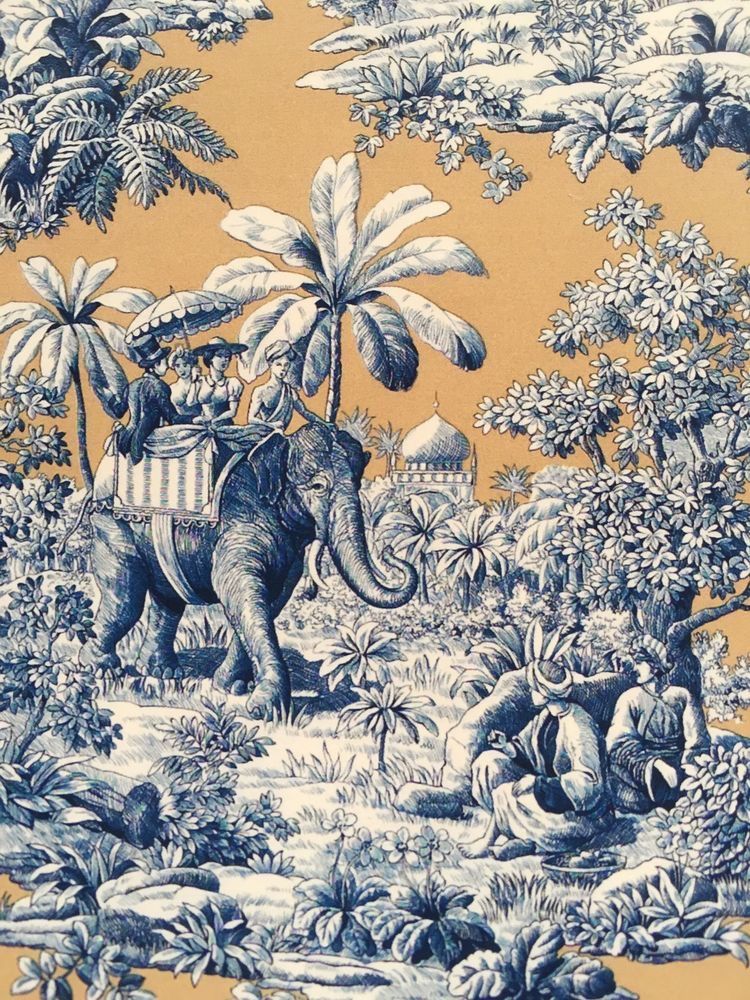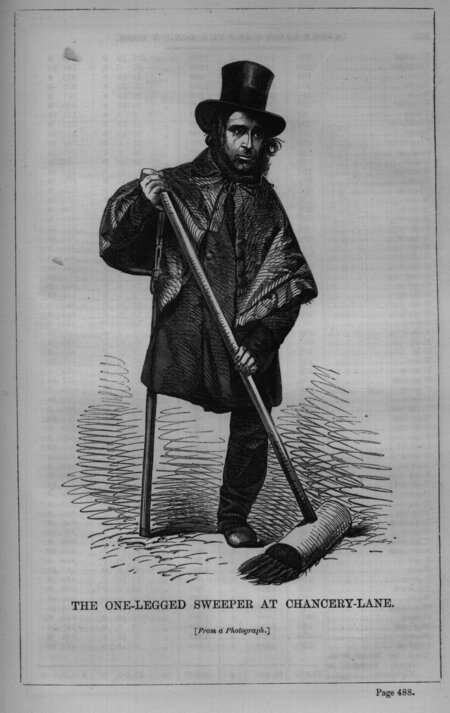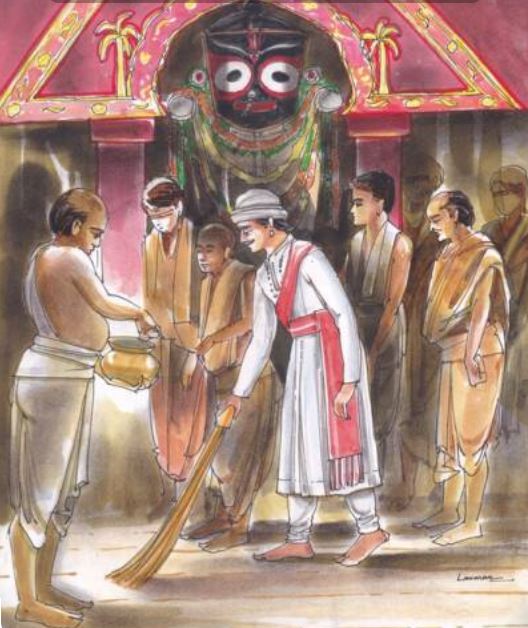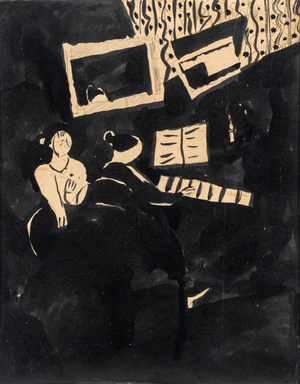
Cross-cultural communication in the detective novels by Abir Mukherjee
The novels are set in Colonial India: «A Rising Man» — in Calcutta and follows Captain Sam Wyndham, a former Scotland Yard detective, as he solves crimes in there with his Indian friend, sergeant Banerjee. The second novel presents a story one year later. The novels reveal ethnocultural stereotypes, cross-cultural conflict, cultural shock, competence and attribution errors.

«The wild, mysterious land described by Kipling and Sir Henry Cunningham. The morning mist hung low over the river and clung to the banks like a fine muslin sheet, broken only by the occasional banyan tree or native dwelling…The main temple, a large, white, double tiered construct…
c u l t u r a l _ s h o c k - Wyndham himself is a fairly traditional investigator—white, educated, escaping a tragic past, and yet focused on the crime in front of him. - The story is narrated from his perspective, thus, he serves as a «window» into Indian cuture, a biased actually. Most of the examples we have studied are his interactions with it. - Wyndham arrives with a stereotyped, romanticised image of alien India based on the Kipling’s and Cunningham’s books. - However, upon his arrival he feels everything in India is hostile (»…pretty much everything out here seemed designed to kill an Englishman») almost as if the country itself is rejecting the British presence.
As colonizers British try to establish their dominance through all the spheres, the town of Calcutta is strictly divided into two parts — Black Town and White Town. The names are given by the British.
c r o s s c u l t u r a l _ c o n f l i c t Wyndham makes a great observation describing the British style: - underlines rivalry of the British who consider themselves the successors of the Roman empire (observed through classical style, grandiose mansions among wild jungles) and the native Indians with their delicate architectural features


General Post Office, Calcutta, early 1900s (in the left) Pareshnath Jain Temple, Calcutta, 1903 (in the right)
- An Irish salesman, Byrne explains to Wyndham how a relatively small number of British managed to control a vast Indian population. - He reveals that the British didn’t just rely on military strength; instead, they claimed to be morally superior: «the rulers need to project an aura of superiority over the ruled.» - This meant making the Indians feel inferior and in need of British guidance and governance. The British went to great lengths to maintain this image of superiority, such as altering educational materials to exaggerate the size of Britain compared to India. - This manipulation helped them to ensure that Indians saw themselves as lesser than their rulers, which was crucial for maintaining control: «Their culture must be shown to be barbaric, their religions built on false gods, even their architecture must be inferior to ours.»
«They call her [goddess Kali] The Destroyer…Black as night, her eyes bloodshot, garland of skulls round her throat and her tongue lolling out in an ecstasy of violence. That should tell you everything you need to know about the sort of people we’re dealing with. They make blood sacrifices to her.»
a t t r i b u t i o n _ e r r o r s - The British, by constructing a barbaric image of Indians, foster attribution errors where they misinterpret Indian actions negatively. - This bias stems from illusory correlation errors, where preconceived beliefs about causality lead to emphasizing certain details while ignoring others, and favoring familiar explanations over factual investigation. - Notably, Dawson attributes the worship of the goddess Kali and associated rituals to all of Bengali culture, using stereotypes to oversimplify complex cultural phenomena and incorrectly explain the people’s nature.


- In «Necessary Evil», a significant attribution error influences Captain Wyndham’s investigation. During a dinner party, Mrs. Carmichael contemptuously refers to the first Maharani as the daughter of a sweeper. - Wyndham and other Englishmen, imagining an ordinary English sweeper—a low-status worker—fail to grasp the cultural significance of her title. - In reality, she was a priest in a temple dedicated to Lord Jagannath, and «sweeper» referred to a revered position, sweeping the path for the deity’s chariot. - This misunderstanding causes Wyndham to overlook her potential involvement in critical events, including Prince Punit’s death. - This example illustrates how cultural misunderstandings and attribution errors can dramatically alter the course of an investigation.
Captain Sam Wyndham’s character illustrates the stages of acculturation in colonial India, facing culture shock and struggling with his own prejudices, ultimately achieving a certain level of cultural competence but not fully integrating into Indian society. Cross-cultural communication problems in Mukherjee’s novels have a direct impact on the detective plot and investigation, making them unique compared to other works set in Colonial India. It is possible to assume that Wyndham would not learn anything about Indians if it was not for the investigation.



